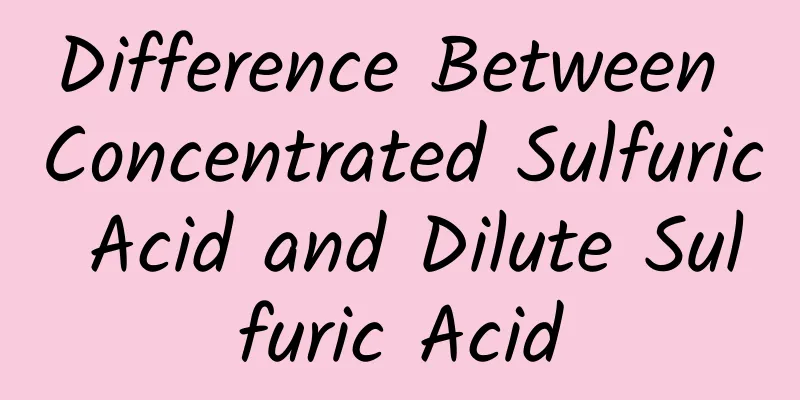What happens if the tooth remains are not removed?

|
In many cases, teeth will have residual roots, such as when they are damaged by caries. Incomplete teeth may cause discomfort at first, but as time goes by, people will gradually adapt to it, so many people don’t care and don’t want to deal with it. In fact, this approach is wrong and will definitely have serious consequences. So, what will happen if the remaining tooth roots are not removed? Let’s take a look below. The residual tooth roots we often refer to are the remaining tooth roots after the crown is destroyed. This part of the tooth root cannot play a role in daily chewing activities because it has lost its normal biting function. In the front tooth area, it will affect the appearance and sometimes even cause pain and inflammation, affecting oral health and quality of life. Generally speaking, the blackening or root rot that we see with the naked eye is not enough to determine whether the tooth will stay or go. Whether the tooth root needs to be extracted mainly depends on its length, the degree of absorption of the surrounding periodontal tissue and alveolar bone, etc. This judgment process must first be completed by taking a panoramic dental X-ray. What are the benefits of retaining tooth roots? First of all, patients don't have to have their teeth extracted, which saves them the pain of tooth extraction and the trouble of making an appointment for an ECG monitor. Secondly, the tooth roots are retained, and when the denture is bitten, the biting force can be transmitted to the tooth roots, making chewing more powerful. Third, retaining the tooth roots can not only preserve the alveolar bone around the tooth roots, but also slow down the absorption of the bone tissue between the tooth roots, thereby maintaining the height of the alveolar bone. Eating with your own tooth roots can help you feel the hardness and thickness of the food, which makes it feel real and makes the food taste better. Notice! Some residual roots that are too short, fractured, or have no alveolar bone support should usually not be retained and extraction is recommended. However, those residual roots that are excessively decayed, painful, or have apical inflammation require further treatment, and only after the efficacy of the treatment is determined can they be considered for restoration. In short, whether the residual roots remain or not cannot be generalized. It needs to be determined in combination with clinical practice and the patient's own situation. As long as it is handled promptly and properly and fully utilized, the small residual roots will also play their "residual heat" and bring you a healthy and happy life. |
<<: What to do if your child has a toothache and fever
Recommend
Why is the holiday so long?
I believe that many people are familiar with the w...
Pharmacological effects of Radix Achyranthis Bidentatae
Tianjihuang is a plant of the Garcinia family. It...
CCTV reports on the harms of Chinese medicine thread embedding
With the improvement of people's living stand...
How to take Chinese medicine to get quick results
The main purpose of taking Chinese medicine is to...
How to use salbutamol sulfate to protect pregnancy
Salbutamol sulfate has a very good effect in pres...
How to correct crooked legs
If your legs are not straight and look ugly, and ...
Tips for hearing loss due to a cold
Everyone should be familiar with the disease of c...
What to do when you can't sleep at night and your mind is full of random thoughts
Various insomnia patients will face a similar sit...
Methods of TCM in treating allergic dermatitis
As we all know, allergic dermatitis is a common s...
What are the symptoms of cor pulmonale? Be careful of these three symptoms
Symptoms of cor pulmonale can manifest in differe...
Red vaginal discharge during ovulation
The symptom of red leucorrhea during ovulation is...
What to do if your feet are dry and cracked
The phenomenon of dry and cracked feet is quite c...
What to do if your child has urticaria
Urticaria in children is mainly caused by mothers...
The efficacy and function of Moon-Watching Sand
The members' area for the Chinese medicinal m...
How to treat children's pollen allergy
Children are much more fragile than adults and ha...









